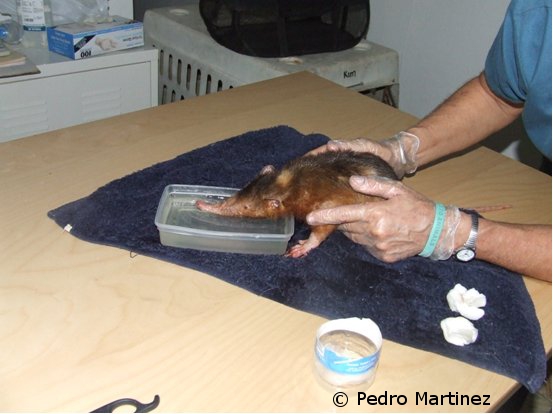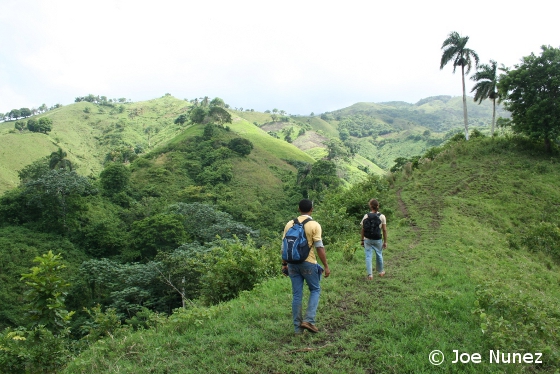So much has happened since our last posting that I have no idea if I’ll be able to cram it all into a reasonable length blog. One of the main highlights of this period has to be the ISLA (Island Species-Led Action) course which we run at the Punta Cana Ecological Foundation from the 19th to the 27th of September. This course brought together 18 conservationists which were mainly from Dominican Republic although we also had representatives from Haiti, the Island of Montserrat and Puerto Rico. The course provided an opportunity to think and discuss some of the most important challenges faced by island conservationists as well as looking at the methods and options available to overcome these. The course should provide a launch pad for future efforts to continue to conserve the unique and threatened species of the Caribbean. It was, in my opinion, a massive success thanks to all the last survivor project partners and all the participants.
Our work in the northern part of the Dominican Republic (National Parks: Guaconejo, Los Haitises and Loma Quita Espuela) is continuing at a good pace although we were affected by some of the awful weather that swept through the region, namely Tropical Storm Emily and Hurricane Irene. Our two new research assistants, Jose Rafael de la Cruz and Timoteo Bueno, who are funded by the BBC Wildlife Fund have continued to develop their field research skills with the help of Moncho who is our star research assistant.
Rafael and Timoteo are not only learning how to find areas where solenodon and hutia are present but are also learning interview skills so they can find out how people perceive these species. Sadly, in the interviews we have done around Los Haitises, we are finding that many people appear to identify Solenodon as a pest species and believe that they are damaging their crops. During the next phase of our work in the area we will continue to search for signs of solenodon and hutia (we have already confirmed their presence in some areas in two of the national parks) but will also be helping Rafael and Timoteo to mount an effective education campaign – hopefully this will mean that more people will have a positive perception of these unique mammal species.

Rocio and Sarah (who were with us over the summer) have both finished writing up their MSc thesis. The bottom line of their work suggests that although solenodons appear to live in some agricultural areas they are still highly dependant on the remaining forest for their survival.
Our final (English version) infomercial was launched on line on the 4th of September and nearly 1000 people have watched it on YouTube already! Thanks to everyone who contributed to the production of all four videos and particularly thanks to Funk Productions. We will begin distributing and using the Spanish version videos over the coming months as a tool to make more people aware of the amazing last survivor species and the project.
As the project approaches its second anniversary in just a few days time, it’s amazing to think how much we have achieved but there is definitely a lot more for us to do. We have our work cut out for us as we continue our programme in the north of the island and then extend into new areas where we have not worked before. The number of people that support our work continues to grow and we count you amongst those that are helping to spread the word of the importance of saving the solenodon and hutia.
